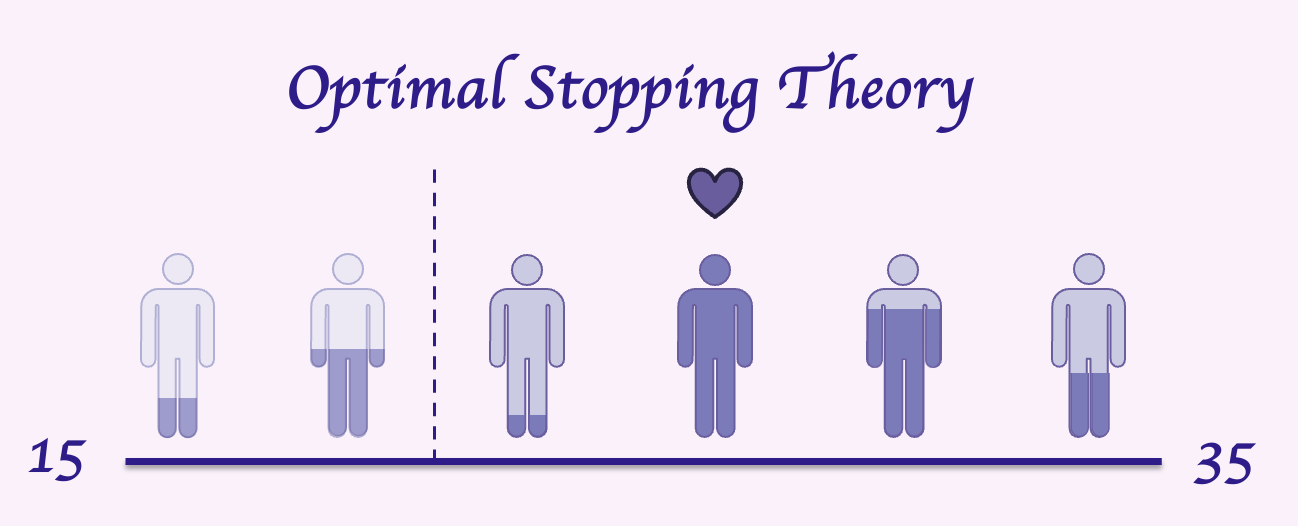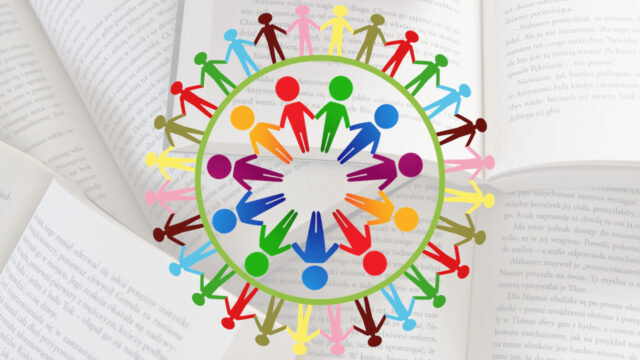
Knowledge management applied to finding a life partner
Do you know someone like this? Someone great in every way—appearance, personality, family, job, and money—but for some reason, they just can’t find love? I work part-time as a matchmaker, and many clients are like this. They’re wonderful people who want to settle down but are struggling to find the right life partner.
A paper found that whether someone single can find a life partner doesn’t depend much on their looks or background. It’s more about how they approach dating and their mindset1. Anthropological, historical, and phylogenetic evidence indicates that in ancestral human societies, mating was regulated, with parents choosing spouses for their children. Individual behaviors didn’t matter. However, such variations as flirting capacity can impair the capacity to attract partners in contemporary postindustrial societies where people have to find mates on their own.
In this article, we’ll explore how you can use knowledge management (KM) ideas to find a life partner and leave being single behind. Finding a life partner is key part of life, and, as it is in business, KM is crucial in this journey. KM is all about people and practice, which are essential in finding a spouse.
When we talk about leaving singleness behind, we mean finding someone who truly understands and supports you, someone to explore life’s depths with, not just someone to live with. This journey involves self-understanding, gaining knowledge, organizing and internalizing, and matching application.
1. Self-understanding
Understanding yourself is crucial in applying KM. It involves analyzing your current situation and setting clear goals, that is, the knowledge of the identification, especially when it comes to leaving behind the single life. Living happily as a single person is key to being ready for love and understanding yourself deeply knowing ‘who I am’ and ‘what I want in life.’
Think of yourself as an organizational system and explore your values. You can use tools like SWOT analysis or MBTI to help. The goal is to clarify your principles and have a clear self-image, which is a success in itself.
Finding yourself also means setting goals, whether short-term or long-term. Ask yourself, ‘Do I truly want a life partner?’ and ‘What kind of life do I envision with a life partner?’ Many of my clients aren’t sure why they want a relationship—they might feel pressure from society or family. But this mindset isn’t helpful in finding a suitable life partner. To truly leave singleness behind, you need to understand your desires, recognize the gap between your current life and your ideal one, and use KM strategies to bridge that gap.
2. Gaining knowledge
Do you ever feel like you’re the only one struggling to find a date? Many scholars also face this problem, and what is admirable is that they selflessly contribute their findings. They study things like how social media avatars affect dating2, the importance of similarities in relationships3, and even 36 questions scientifically proven to help you connect with someone4. You can find lots of research on this in libraries or with a quick Google search.
But as Drucker said5, there is only one person responsible for you, and that is you. You are the only person who can decide whether you are going to do it or not and you are the only person upon whom success depends. Your only real capital is your ability to think, your knowledge, your experience, and your character.
This applies to leaving behind singleness too—learning more can bridge the gap between what you want and reality. But remember, it’s important to think critically when gathering knowledge. Treat it like doing research for a paper—just take what’s useful and relevant to you. This way, you’ll have a better understanding and increase your chances of finding someone special based on both theory and real-world experience.
3. Organizing and internalizing
After that, the work becomes much simpler, through many “love” knowledge acquisition, we can be externalized by others, or even the objectification of the theory of collation and internalization, which is also the process of the formation of our own concept of love and marriage. Of course, this process may alternate with our next step “matching application”, because KM does not lie in knowing, but in doing, does not lie in perfect logic, but in continuous practice to find the best practice. The same applies to the search for a life partner, the important thing is not to learn how many relationship skills and ways to recognize people, but to try.
Through trial and error, you’ll meet new people and put your relationship skills into practice. Of course, don’t expect to succeed in meeting the right man or woman at once. Being in a relationship may not give us an idea of what kind of person is best for us, but repeatedly, we will certainly learn what kind of person is not for us, eliminating the wrong answers, and that’s part of the creation.
4. Matching application
Application is a very important part of the KM strategy, and the only way to know what the problem is and how to refine and create a better strategy is to apply it.
I once had a client who created a project management program to find a life partner. She tracked how many new people she met each month, what qualities she was looking for, and even had plans for follow-up and improvement.
I recognize that finding a life partner may not be a completely rational and quantifiable process, but the seriousness with which she approaches the matter of finding a life partner already gives her a higher probability of success than others. Finding a life partner takes effort, just like finding the right job or career.
Marriage is like KM, there is no such thing as the best choice, there is always the better one, but marriage is also different from KM because we can’t go after the better one repeatedly, we need to stop at the right time.
People will never have the perfect life partner and relationships are not orderly, clean, logical, and predictable. But perhaps some theories and knowledge can help us with this, such as the optimal stopping theory6.

This theory is based on probability calculations7, which mathematically suggest to us that you should reject anyone who comes along in the first 37% of the time slots during the search phase of your life, and then choose the one who comes along after that who is better than any of your previous dates. From the mathematical proof, this is the best way to help you find the perfect life partner. Of course, there are risks associated with this method and there is no guarantee of a 100% success rate, but nothing in this world works 100% of the time. It’s worth giving it a try!
Conclusion
In conclusion, finding a life partner shares a lot in common with managing our personal knowledge. It’s like a loop: understanding where we are, gathering knowledge, putting it into practice, and then refining our approach. KM is not an empty theory, it is necessary to apply it to practical scenarios. As our lecturer Rajesh Dhillon mentioned, it is always a pleasure to see the application of KM into everyday tasks. Applying KM strategies to personal life, including love and finding life partners makes the concept accessible to readers unfamiliar with KM. This may be another answer to what KM is!
Of course, we can follow up by thinking about how other KM principles (knowledge creation, sharing, and retention) can be applied in personal contexts to enrich the matchmaking process, as suggested by Rajesh Dhillon, and how practices in different cultures influence personal strategies for finding life partners.
Note, though, that while skills and mindset are important, sincerity is key. So, whether it’s about love or anything else, approaching it with an open and sincere heart is what truly counts.
Article source: Adapted from Knowledge Management Applied to Finding a Life Partner prepared as part of the requirements for completion of course KM6304 Knowledge Management Strategies and Policies in the Nanyang Technological University Singapore Master of Science in Knowledge Management (KM).
Header image source: Jasmin Wedding Photography on Pexels.
References:
- Apostolou, M. (2021). Involuntary singlehood and its causes: The effects of flirting capacity, mating effort, choosiness and capacity to perceive signals of interest. Personality and Individual Differences, 176, 110782. ↩
- Jin, S. V., Ryu, E., & Muqaddam, A. (2019). Romance 2.0 on Instagram! “What type of girlfriend would you date?”. Evolutionary Psychology, 17(1), 1474704919826845. ↩
- Miller, T. (2002). Why I Will Never Have a Girlfriend. Annals of Improbable Research, 8(3), 13–16. ↩
- Aron, A., Melinat, E., Aron, E. N., Vallone, R. D., & Bator, R. J. (1997). The experimental generation of interpersonal closeness: A procedure and some preliminary findings. Personality and social psychology bulletin, 23(4), 363-377. ↩
- Turriago-Hoyos, A., Thoene, U., & Arjoon, S. (2016). Knowledge workers and virtues in Peter Drucker’s management theory. Sage Open, 6(1), 2158244016639631. ↩
- Freiberger, M. (2017, March 1). Strategic dating: The 37% rule. Plus. ↩
- Wikipedia, CC BY-SA 4.0. ↩







